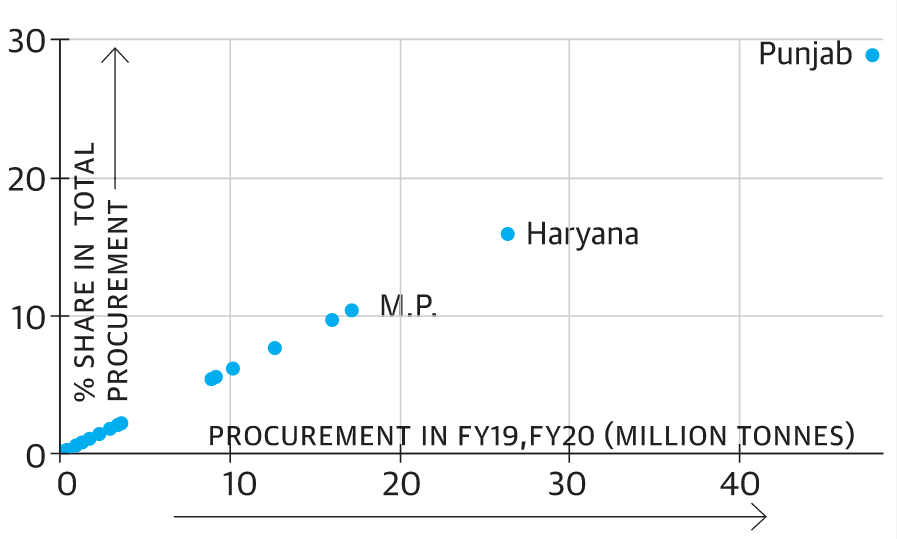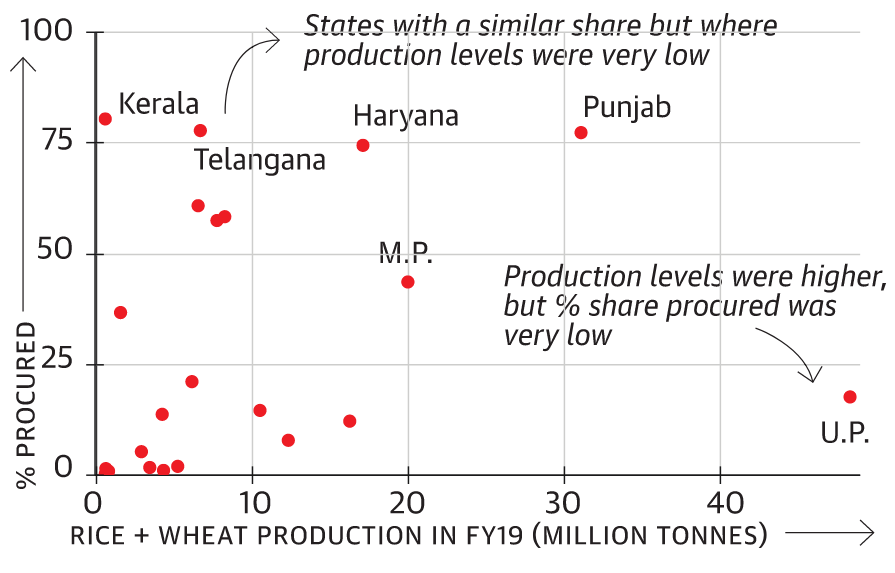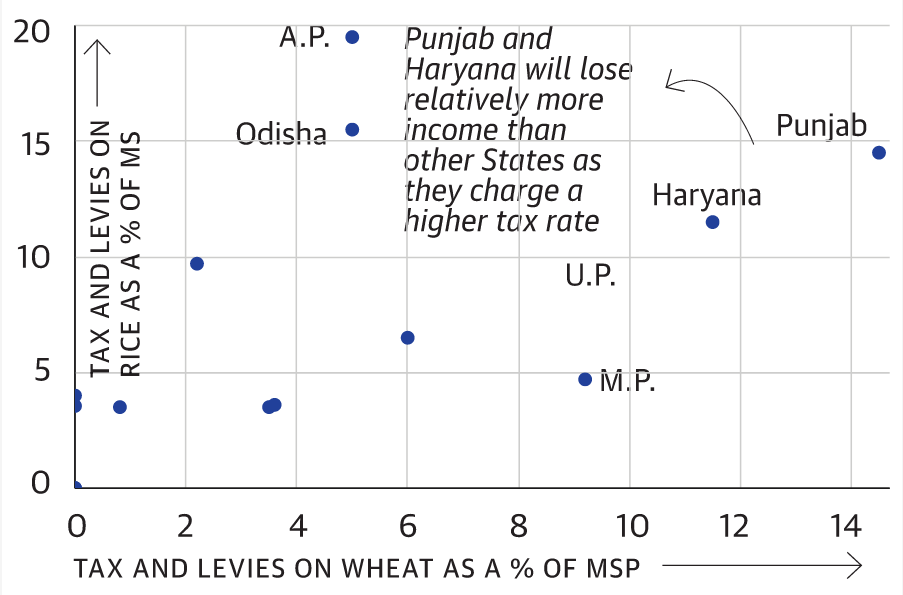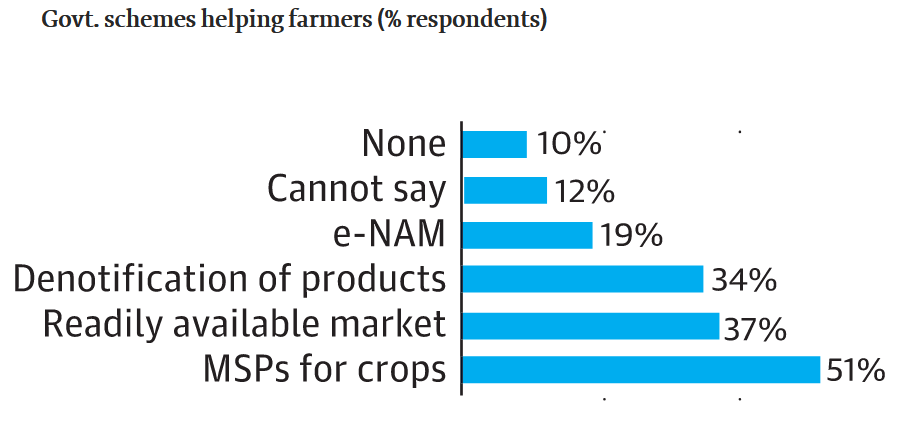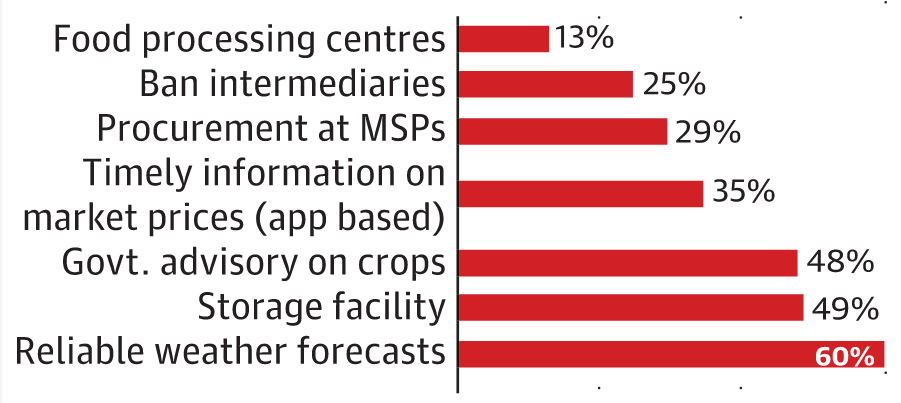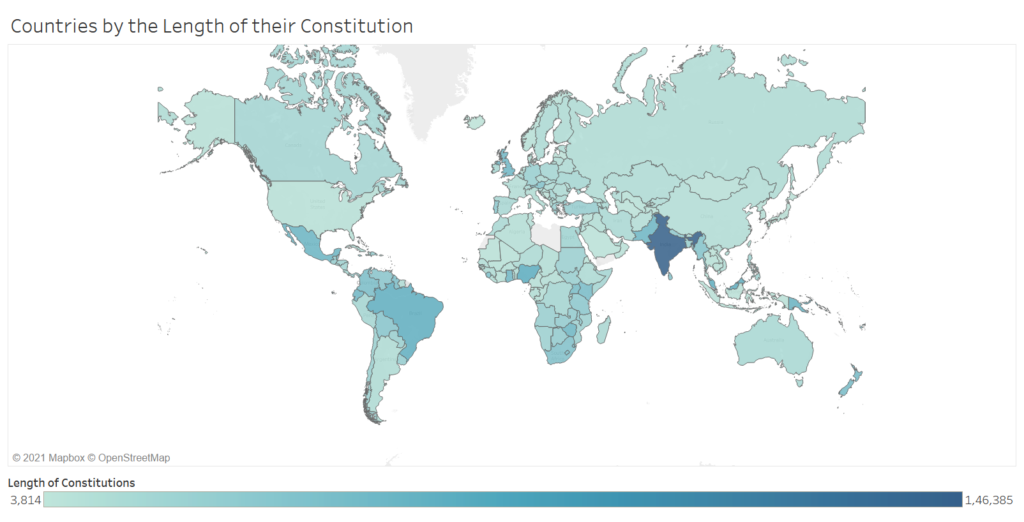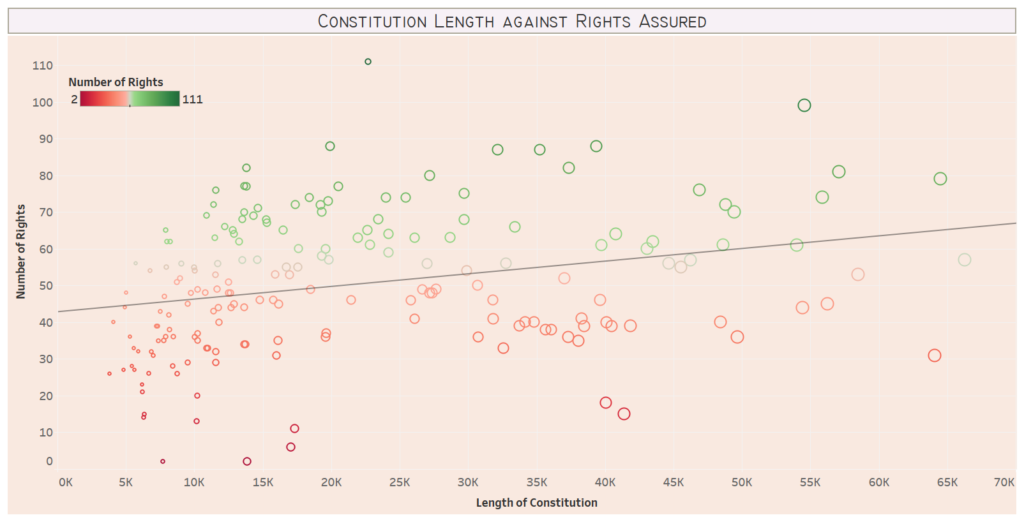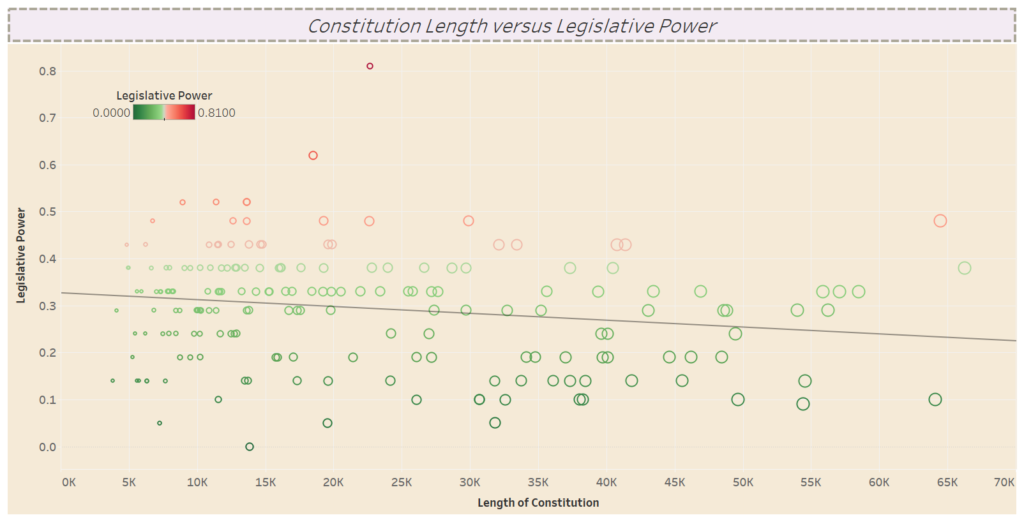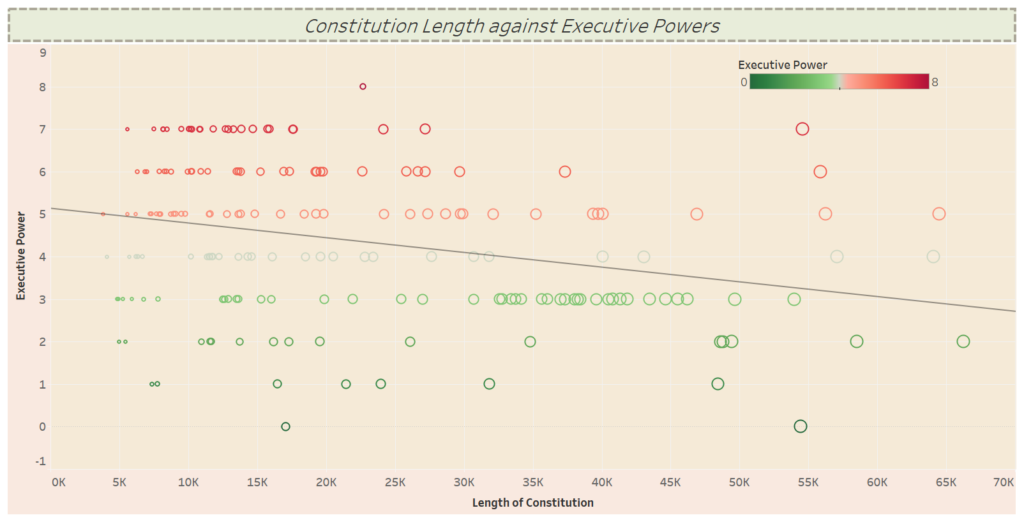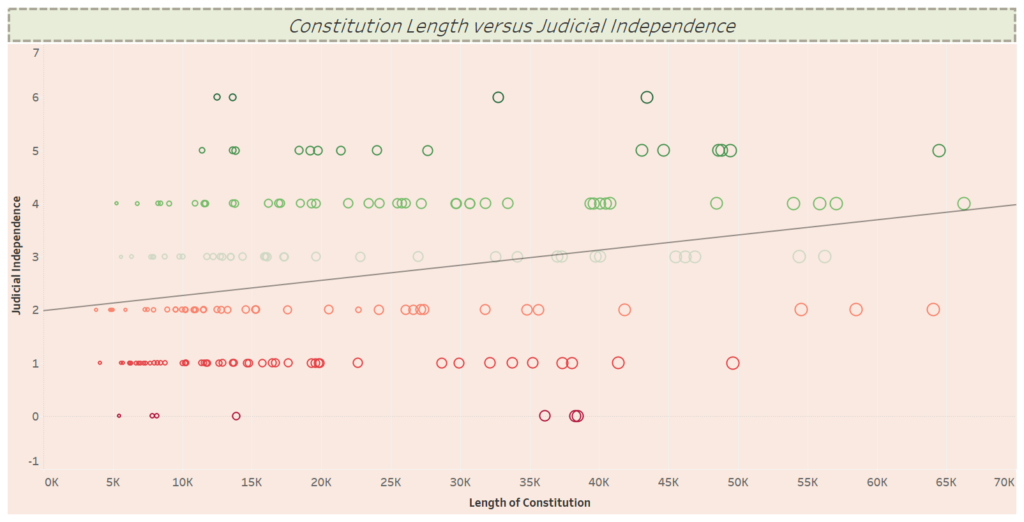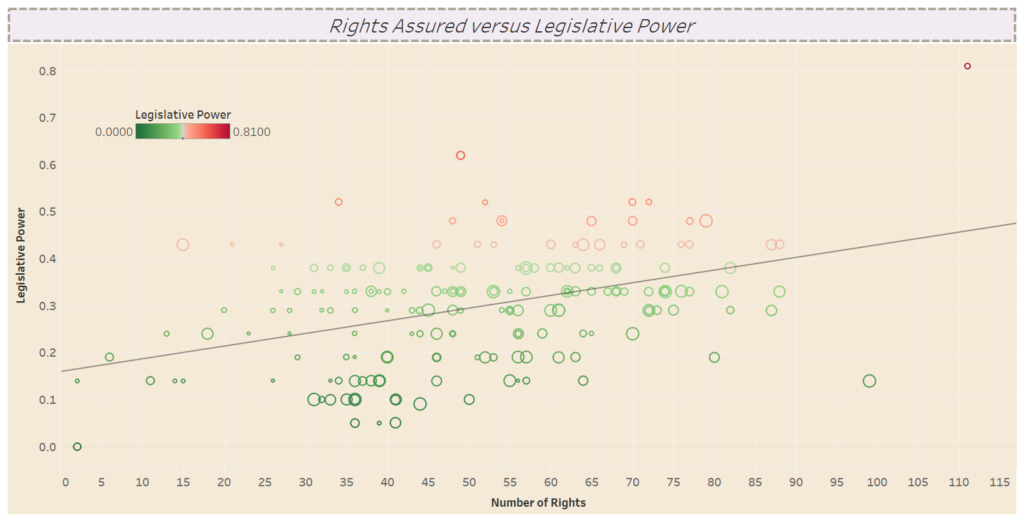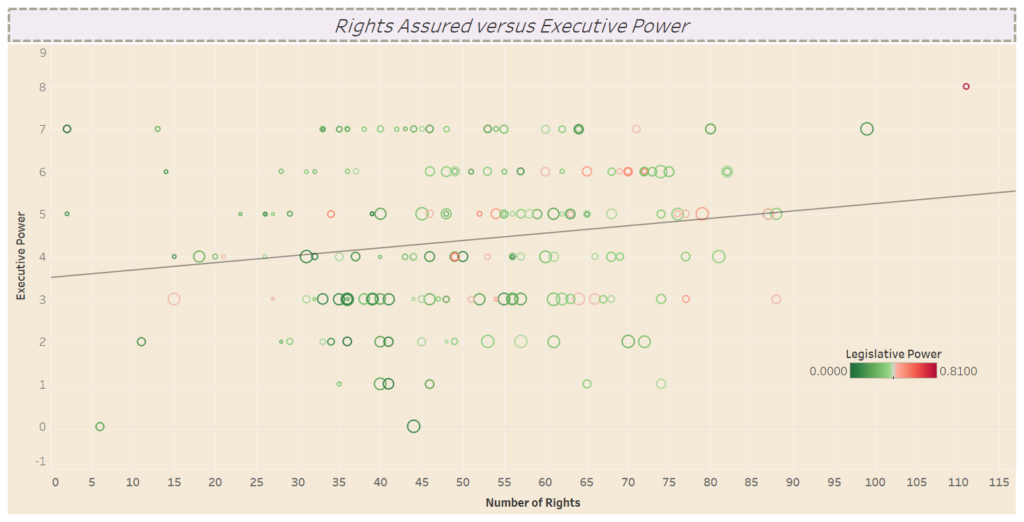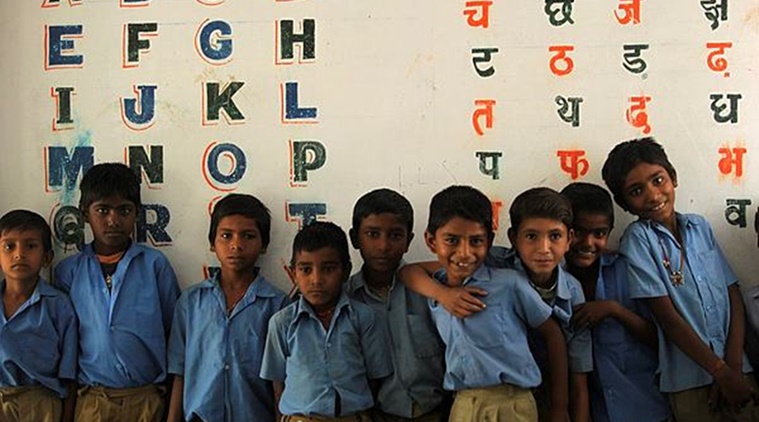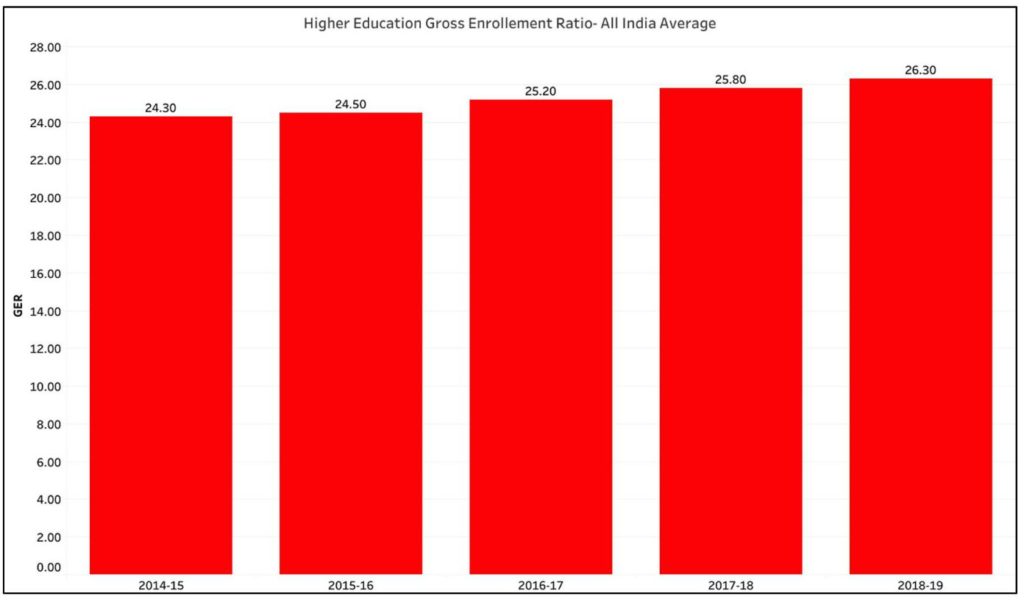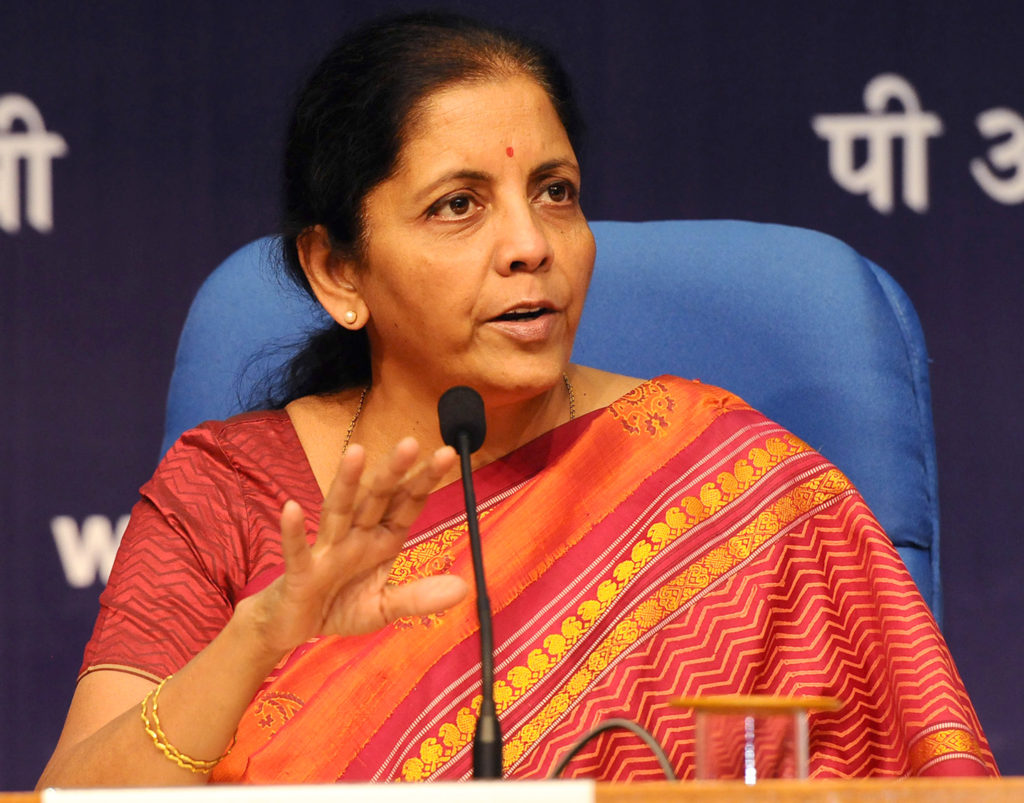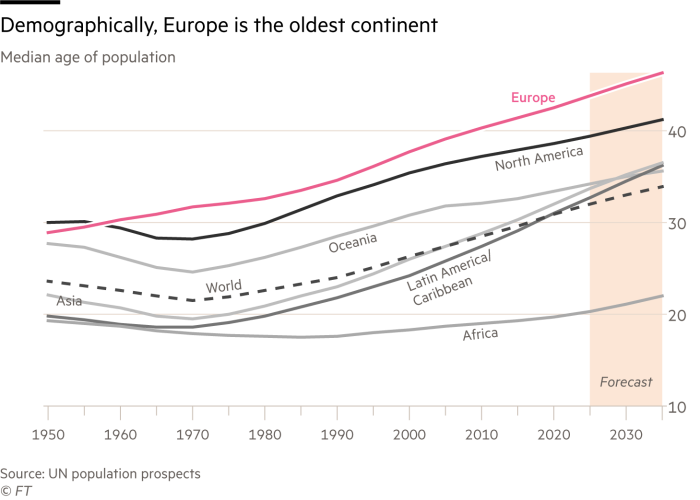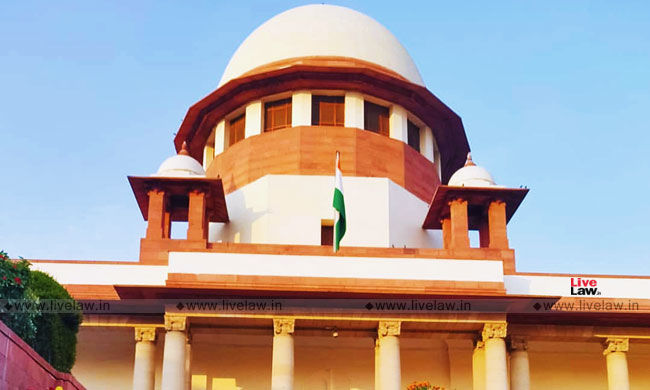
Flashpoints in Centre-State relations have become increasingly common in India’s politico-administrative setup. While the Indian Constitution envisages a federal setup with a strong Centre, the provisions that inherently guarantee and thereby secure the onus of nurturing federal relations have also become dilatory over time. This has led to an unprecedented rise in vested political interests preceding the interests of national administration and has thus, often been at the expense of deteriorating relations with a select set of states. The recent confrontation between the Union Government and the state of West Bengal on the role of the Governor necessitates a close review of such an executive mechanism that has stood out as a prickly point on the fabric of cooperative federalism. In this essay, we shall cardinally look into the worrisome points between the Centre and States on this contentious issue, with an eye on the Sarkaria Commission recommendations.
In the context of India, a gubernatorial position is rather redundant. In fact, the Constituent Assembly had witnessed several debates about the utility of the position. While the President is the Head of State for the entire Indian Republic, the Governor is merely a vestige of the Centre who acts as the constitutional head of the state he is meant to serve. He has no real authority or power, and is in many cases, having lesser powers than the position of the President vis-a-vis his influence on the state. Biswanath Das, who was the Prime Minister of Odisha Province of British India and subsequently became Governor of Uttar Pradesh, prognosticated a situation wherein a Centrally-nominated Governor is not acceptable to a State government, especially if it is ruled by an opposition party having differences with the Centre. “In such circumstances, ‘rub’ can never be avoided if the power to give administrative pin-pricks is vested in the Governor,” he said. He further cautioned the Constituent Assembly that under the provisions of the British-enacted Government of India Act, 1935, there was no restraints on the Office of the Governor once appointed. He remarked that the Governor “had in his hands the nose-strings of the bull so to say. But there is nothing in this Constitution to control the Governor once he is appointed…”.
After a brief hiatus, the role of Governors in the Indian context has once again become a hotly contested issue. Most notably, almost all bitterness with the Raj Bhavans have arose in states ruled by opposition parties. This points to a rather devious undercurrent at play. The image of Governors as being agents of the Centre has been rather difficult to erase, and has only been reinforced with time, opines Rakhahari Chatterji of the Observer Research Foundation (ORF). Apart from a lone judicial intervention that has now become a landmark judgement (SR Bommai v/s Union of India), there generally has not been any censure of the Centre for flagrant violations of its powers when it comes to appointment of Governors. Perhaps out of their contemporaries, Maharashtra’s Bhagat Singh Koshyari and West Bengal’s Jagdeep Dhankhar stand out as being politically-motivated persons holding a Constitutional post supposed to be neutral, independent and a guiding force for the states. Interestingly, both these occupants are former members of the ruling Bharatiya Janata Party, and both have been constant in their criticism and tirades against the governments that they head in a titular manner. Constitutional propriety has been thrown to the wind and the long held tradition of Governors not airing their differences with the elected regime has been junked as well. This was observed very recently, when the West Bengal governor chose to visit Sitalkuchi and express his sympathies with those who had lost their lives in the violence, all the while defaming and lambasting the Trinamool Congress. More often than not, there has been an unfortunate congruency between his actions and the interests of the BJP, whose electoral juggernaut could not match the resistance offered by the Bengali ideology. Such malicious activities do not augur well for the esteem of the Office they hold and paints a blot on ensuing Centre-State relations.
Various well-intentioned attempts to study the role of the Governor in a democratic federal setup and offer suggestions to strengthen his position so as to enhance Centre-state relations were made. The Administrative Reforms Commission (1968), the Rajamannar Committee (1969), Committee of Governors of 1971, Bangalore Seminar of Experts in 1983 are amongst some of the most notable. The Sarkaria Commission, constituted in 1988 to suggest ways of solidying and promoting the spirit of cooperative federalism, also made key recommendations on the question of the Office of the Governor. It was categorical in suggesting that Governors should only be elected from a pool of eminent people who belong to a non-political background. Furthermore, an analysis of profiles of Governors who held office between 1950-2015 reveals that almost one in every two governors belonged to a political background. A quarter of the posts were held by retired Civil Servants, while the remaining pie was split between former judges, defence officers, academicians and others.
A disturbing trend has been picking up of Governors from incumbent Chief Ministers and Cabinet Ministers. This not only erodes trust of the state government in the Constitutional head but is also a major deterrent to the spirit of federalism. Perhaps the most glaring among them is the curious case of Sushil Kumar Shinde, who as the former Chief Minister of Maharashtra, was shunted out of the state as a Governor, and during his tenure as Governor he was again picked to the position of the Union Home Minister. Shivraj Patil, who served the UPA-I as the Union Home Minister, was also subsequently transferred to Raj Bhavan in Punjab. Sheila Dixit, the Congress stalwart who was a three-time Chief Minister of Delhi, lost to Arvind Kejriwal’s Aam Aadmi Party in the 2013 polls. Immediately after, she was positioned as the Governor of Kerala.
...such a Governor will have no independence and my point is that the Centre might try to do some mischief through that man
- Prof. Shibban Lal Saxena, Member of Constituent Assembly
While the issue of political loyalties conflict regularly with the ideals of the position, yet another pertinent concern often goes unnoticed in the debate. The Governor of a State has no constitutional remedy against his removal. There is no fixed tenure of the Governor, and he is to ideally hold office for a period of five years in consonance with the “pleasure of the president”. A legal reading of the same would imply that a change in Central Government may imply a natural replacement of existing Governors of states with ones cherry-picked by the Central Government. The Union Government may also call for an immediate shunting out of a Governor, if it feels the institution does not serve its own agenda. The matter was up for an extensive debate in the Constituent Assembly as well. K.T Shah, a member of the Assembly, argued that “so long as a Governor acts in accordance with the advice of the Constitutional advisers of the province (Council of Ministers), he should. . . be irremovable during his term of office, that is, five years”. Professor Shibban Lal Saxena, another member of the CA, was apprehensive that the Central Government may deliberately try and influence the activities, wisdom and discretion of an appointed Governor harnessing the backdrop of an uncertainty in term. He said, “when once a Governor has been appointed, I do not see why he should not continue in office for his full five years and why you should make him removable by the President at his whims. . . Such a Governor will have no independence and my point is that the Centre might try to do some mischief through that man.”
Prof. Saxena’s anatomy and prognosis of the grave faultline has been proven many a times in the workings of the polity. Time and again, the government at the helm of the Centre has blatantly used this very uncertainty of tenure to their advantage, by morally compelling the Governors to go against the ground rules of ethics and constitutional propriety. Statistically, only about 20% of Governors have been able to complete their complete, ideal term of office of five years. Those who have displayed some spine or resistance to intimidatory tactics from the Centre have often been transferred to states considered mostly insignificant, often acting as a demoralising force so much so that many of them would have considered resignation as a viable choice. Post 1967, the average tenure of a Governor has drastically decreased, as analysed by the Sarkaria Commission. It finds that between 1947 and 31 March 1967, out of sixty-six gubernatorial tenures, only thirty-two, that is, about 50 per cent, lasted a full 5-year term. In between 1 April 1967 and 31 October 1986, only 18 out of 88 tenures lasted full 5 years- down to a miserable 20 percent.
The final straw in the tug of war between the Centre and the States has been the imposition of President’s Rule (Article 356). An imposition of President’s Rule means the overthrow of an elected state regime. Imposition of President’s Rule by the Central Government has belied the expectations of the Constituent Assembly, who had hoped that the use of the measure would be highly restrictive, prudent and only in cases of emergent and compelling compulsions for the Centre to take the reigns of states in the spotlight. Except IK Gujral, almost all other Prime Ministers have resorted to the use of this tool at least once in their tenures. Indira Gandhi, who had an infamous track record of sidelining democracy and having a preference for an authoritarian style of governance, used it at wanton will and without sparing a second thought about the ramifications of her actions. The Sarkaria Commission has examined the merits of the imposition of President’s rule in states between 1950 and 1987 and found that only 23 out of 75 instances of its use during the period were inevitable. However, it was during her son Rajiv Gandhi’s term as the Prime Minister that the dissolution of SR Bommai-led government of Karnataka created a massive stir in Indian politics.
Governor P. Venkatsubbiah’s report claiming the breakdown of Constitutional apparatus of the state was contested in the Supreme Court by SR Bommai. In 1994, the Supreme Court laid down strict conditions with regards to the exercise of the Governor’s discretionary power to frame a report against the State government calling for dissolution of the legislature. ‘Floor tests’ became a mandatory requirement post the judgement and the President’s final decision on the report by the Governor became subject to judicial review, which was earlier provided blanket immunity from judicial scrutiny.
A Way Forward
The implications of a biased Governor as the Constitutional head of the basic building block of any federation- a state- amounts to gross violation of the sanctity of his post and only provides impetus to unwarranted impediment of the normal functioning of a democratically-elected popular state legislature. In this regard, advisory committees set up in good faith by past governments have not cut much ice. In fact, the only check against such flagrant violations came in the form of judicial interventions from time to time. One of the more remarkable judgements which created a history was the reversal of the President’s Rule in Arunachal Pradesh in 2016. A group of rebel Congressmen and BJP leaders colluded together to overthrow the-then government. The Supreme Court swiftly took notice of the incident and after a thorough review of the means and backdrop concerning such an imposition, found the decision by the President as unmaintainable. For the first time, a newly formed government was dislodged only to restore the legitimate previous government that had been a victim of malicious intent of the Centre.
One of the foremost reforms required at this hour is an overhaul to the present system of pick-and-choose by the Central Government when it comes to the appointment of Governors. If Governors are supposed to be an independent Constitutional post, then there is absolutely no necessity for the Centre to have a final say in terms of such appointments. Rather, it should be the prerogative of the Inter-State councils to recommend the names of eminent people who have demonstrated their capability of administration or responsibility to take up such positions. Such a decision tendered by the Inter-State councils should be binding on the President, much like the advice tendered by the Council of Ministers is. This would eliminate clear-cut cases of partisanship during the period of appointment and thus may soothe relations between the Constitutional Head of the state and the presiding executive, i.e, the Chief Minister.
Secondly, it should be mandated by law that Governors are not to express their satisfaction or dissatisfaction with the working of the State Legislature in public. Perhaps, the institution can take a lesson or two from that of the British Monarch, among whose duties come a non-display of any emotion on any matter of governance or administration or event, which either directly or indirectly concerns the State government. Of course, he can put forward his views and recommendations in private to the Chief Minister, or can lend an ear to the Opposition parties and take note of their grievances. By banning any such form of public display of sympathy or emotion, the Office of the Governor would be strengthened because in such a scenario, holders of such a post would not be preoccupied hunting for opportunities to score political brownie points. Thirdly, additional forums for speedy redressal of grievances by State governments against Governors need to be created to ensure harmonious performance of duties as enshrined in the Constitution. At present, the absence of any such dedicated channel compel states to resort to judicial interventions, which are often time consuming and complex. However, allowing for alternative modes of engagement, wherein any pain point highlighted by the State can be considered on its merit and subsequent actions taken, can help reduce a lot of extant friction.
Lastly, Governors need to be given a security of tenure. Even Civil Servants who have been selected into State cadres through the Union Public Service Commission enjoy some security with respect to their posting. However, the variable nature of a Governor’s position allows for greed and political biases to creep into the mind of an incumbent, which is dangerous and contrary to the spirit of federalism. Ensuring a fixed tenure, of course with provisions of dismissal in case of absolute incompetence, would help eliminate such insecurities and rather direct the work of the Governor towards constructive addition to that of the State government’s initiatives.
The Office of the Governor is that of high esteem and is designed to be a guiding force for the State government to take advice from and learn from the experience of the administrator. Instead, the position has been thrown open to slandering and diatribes, in part because of the lackadaisical attitude of those who have held the seat themselves, and the rest because of the misuse of the powers vested in the Governor. Cooperative federalism is a notion that does not come to existence overnight. The Governor’s position and sanctity, as originally envisioned by members of the Constituent Assembly under the leadership of Babasaheb Ambedkar, needs to be restored at the earliest to avoid further corrosion of credibility to the institution, which has already taken a major hit today.
